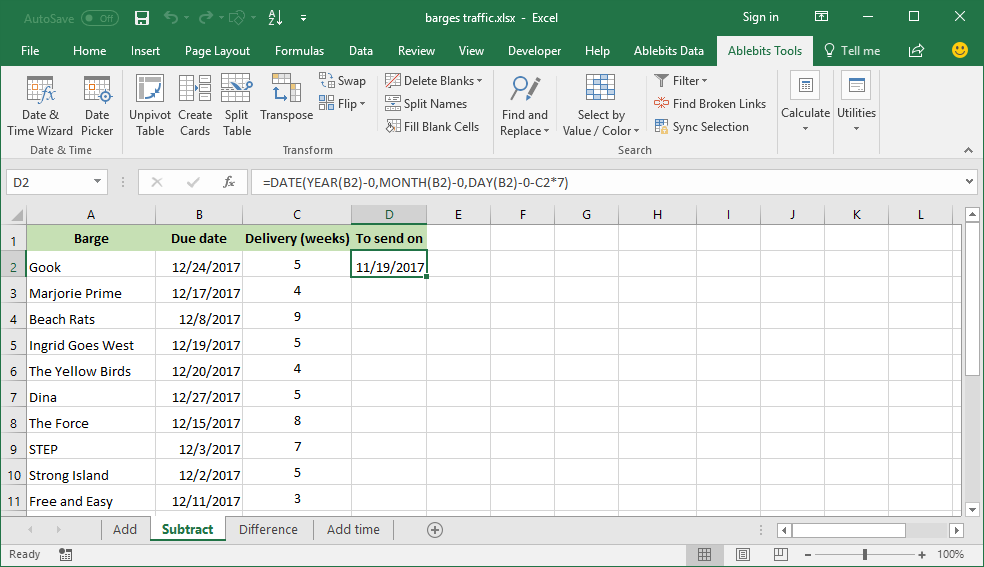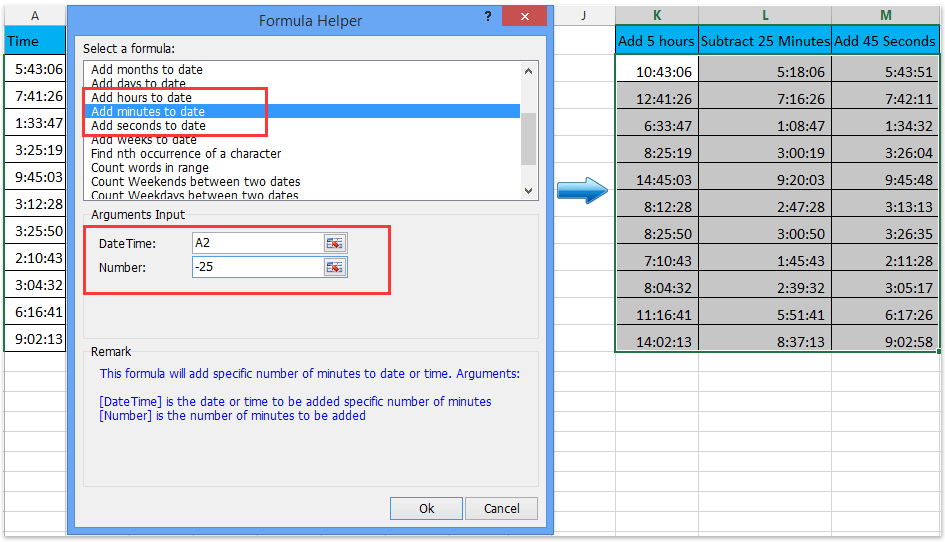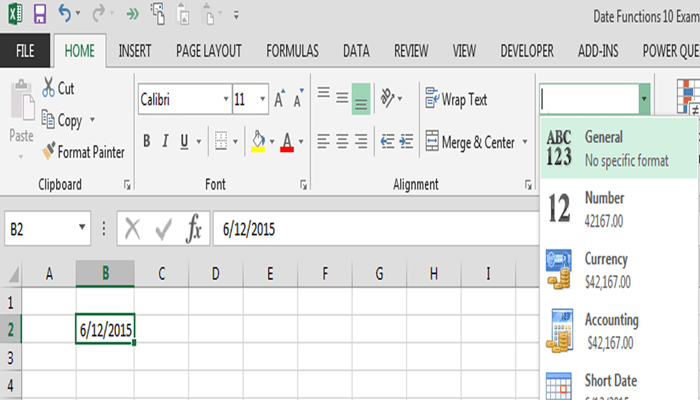Get List Of Months And Year Between Two Dates C# The DATEDIF operate is designed to calculate the distinction between dates in years, months, and days. There are a number of variations attainable (e.g. time in months, time in months ignoring days and years, etc.) and these are set by the "unit" argument within the function. See this web page on the DATEDIF operate for a full record of obtainable units. Like the DAYS function, DATEDIF operate additionally can calculate the distinction between two dates.
The distinction is, you want to place an additional unit "d" with the operate when calculating the variety of days. This operate is hidden by Microsoft so that you can't discover it within the operate record or within the method list. The method makes use of the syntax, DATEDIF (start-date, end-date, unit). The following photo exhibits the various means of utilizing the DATEDIF operate to calculate the variety of days between two dates in excel. In cell C8 and C10 the place the MONTH and DATEDIF capabilities are used, one could see the result's zero in these two cells.
This occurs when a full cycle of a month is not really complete. Violating the syntax might additionally offer you a destructive and error result. In cell C12 you aren't seeing an actual result, since the MONTH operate calculates and returns the months inside a year. When it can be above 12 it begins to calculate the variations from the beginning. Excel has a built-in operate to calculate days from two dates.
This operate should be utilized with different capabilities to set diverse formulation for calculating the variety of days between 2 dates. The following image states diverse formulation and formulated results of counting. The principal operate that's utilized in each case is the DAYS function.
The following image reveals the several means of applying the DAYS perform to calculate variety of days between two dates in excel. This tutorial reveals the way to calculate the big distinction between two dates in Excel. At the end, you'll manage to conveniently use Excel formulation to determine the precise variety of years, months and days handed between two dates. We have a special components to seek out the remaining days to accomplished yet another month or year. These remaining days used with different components to get the dates big distinction in a format of year, months and days. This format makes straightforward to know in case of tangible age calculation.
The DAYS360 operate is one which finds the overall days between dates dependent on a 360-day calendar, which is extra greatly adopted for economic years. As such, which may be a extra robust operate for account spreadsheets. It won't make a lot big big difference for dates only a number of months apart, however for longer durations DAYS360 will return somewhat diverse values than the opposite functions. And now, let's examine how one can use the Excel DATEDIF operate to match dates in your worksheets and return the difference.
Over the previous few weeks, we investigated almost each side of working with dates and occasions in Excel. By making use of the DAYS() and DATEDIF() formulas, you'll solely get the distinction between two dates both in days, months, or years separately. But sometimes, you must search out the precise lead to a format, e.g., 5 years, 2 months, 18 days. This format is typically required in age calculation and in addition many different places. I must have the ability to calculate the entire variety of years, months, and days of expertise for a lot of employees.
I even have used the DATEDIF perform to calculate the time elapsed between the dates for every particular person job. As demonstrated within the primary portion of this tutorial, Excel DATEDIF is sort of a flexible perform acceptable for a wide range of various uses. Unit - the time unit to make use of when calculating the distinction between two dates. By supplying diverse units, you will get the DATEDIF perform to return the date distinction in days, months or years.
Overall, 6 models are available, that are described within the next table. The desk under exhibits pattern formulation making use of every of the unit options. Column D exhibits the formulation that was in fact utilized in column C to get the consequence proven in column C. Note that the reply solely exhibits comprehensive units.
For instance the components on row four exhibits 5 years, while the 2 dates are a bit of greater than 5 years apart. So if the 2 dates had been 5 years and 364 days apart, the reply would nonetheless be 5. Newbie to Excel, so no skilled by any stretch. I'm attempting to work out how you can do a components to be counted days inside a month only. I even have two columns titled "Start Date" and "Finish Date". Start Date is 22 Jan 18 and Finish Date is eleven Feb 18.
Is there a method to depend the variety of days for the month of January 2018 only? I then want one more formula, identical instance as above, to calculate the times that might be returned for February 2018 only, ie. The complete quantity of strains inside the speadsheet may very well be anyplace as much as 500 lines. I even have observed formulation to depend the whole days, however not precisely for a month only.
The important goal of this text was to calculate the days, months, years between two dates. While doing these, I additionally calculated the age, workdays, and different calculations associated to the topic. While performing completely totally different calculations I stumbled on completely totally different date functions. These features make your calculation clean and fast.
Our method consists of three DATEDIF capabilities the place the variety of years, months and days are calculated separately. The unit arguments used for variety of years, months and days are "y", "ym" and "md", respectively. DATEDIF is a operate in Google Sheets that calculates the big difference between two dates.
This operate can return the big big big big difference worth in years, months, or days. With the correct parameters, DATEDIF can even return the months and days big big big big difference with numerous quirks, corresponding to ignoring the yr difference. The diagram illustrates the big big big big difference between the several sorts of day count. The first components counts the whole variety of days between the two dates.
The subsequent formulation counts the times that are the rest after the entire years are deducted. The ultimate formulation returns the quantity days after equally the entire years and the months have been deducted. If the Excel consumer desires to know the variety of days between two dates, Excel gives some strong capabilities to discover the times between two dates. These capabilities traditionally assist once you create a Gantt chart or timelines or calculate precise age. This tutorial goes to quick the strategies to calculate the full days between two dates.
To incorporate additional vacation days within the function, enter these dates in further spreadsheet cells. Then press the Holidays cell reference button on the NETWORKDAYS operate window and choose the cell, or cells, that incorporate the vacation dates. That will deduct the vacations from the ultimate figure. Many Excel customers might want to add commence and finish date columns to spreadsheets.
As such, Excel features a couple of capabilities that inform you what percentage days there are between two separate dates. DATEDIF, DAYS360, DATE, and NETWORKDAYS are 4 capabilities you'll add to cells that may inform you the variety of days between two dates. The consequences returned by DATEDIF and YEAR/MONTH formulation will not be usually equivalent when you consider that they function dependent on totally different principles. The Excel DATEDIF function returns the variety of accomplished calendar months between the dates, when the YEAR/MONTH method operates on months' numbers.
If you've got been given a process which you need to comprehensive inside a hard and fast time, understanding the variety of workdays or weekends is a brilliant thing. Calculating the period of time between two dates is barely extra sophisticated than calculating the distinction between different varieties of numbers. The irregular variety of days in months, leap years, and different components make one of these calculation barely extra complex. However, Microsoft Excel has a perform you would possibly not discover out about that's designed particularly to calculate the period of time in between two dates. So, there are many techniques you will calculate days between start off and finish dates in Excel spreadsheets. More current Excel variants additionally embrace a DAYS perform you could discover the distinction between a few dates with.
Those features will definitely are available useful for spreadsheets that embody plenty of dates. It might additionally be used to seek out the precise variety of days however might even yield the variety of months or years between two dates. One crucial distinction between the formulation is, The DAYS will listing the top date first, whereas the DATEDIF vary begins with the beginning date.
To learn what percentage weeks there are between two dates, you need to make use of the DATEDIF perform with "D" unit to return the distinction in days, after which divide the consequence by 7. To calculate the variety of months one can apply anybody of many under formulas. They are very straightforward calculations however be certain to make use of them accurately as violating the syntax may offer you an error value. The following image exhibits how the months between 2 dates are calculated. In this article, I will present completely different formulation and capabilities for calculating the variety of days, weeks, years, weekends and workdays in excel.
You now understand how you can use DATEDIFF to calculate the big big difference between two dates. You may specify the time unit you would like to see this big big difference in, which might be years, months, or days, together with deviations. Code Description Explanation "d" Days The variety of days between Date1 and Date2. "m" Months The variety of comprehensive months between Date1 and Date2. "y" Years The variety of comprehensive years between Date1 and Date2.
"yd" Days excluding Years The variety of days between Date1 and Date2, as if Date1 and Date2 have been within the identical year. "ym" Months excluding Years The variety of months between Date1 and Date2, as if Date1 and Date2 have been within the identical year. "md" Days excluding Months and Years The variety of days between Date1 and Date2, as if Date1 and Date2 have been within the identical month and the identical year. This operate is ideally suited to calculating someones exact age on any specific date or the variety of days till your subsequent birthday.
The first date should be your date of start and the second date is both entered in yet another cell by the user, or mechanically set to todays date with the NOW() function. It permits the customers to calculate the distinction between two dates both in days, months, or years. It is a complicated approach to DAYS() perform and does greater than it. It means you will get the resultant worth within the variety of days, months, or years as well, anything you want.
The variety of days might possibly be complete days, weekend days, or working days between the 2 dates. In this chapter, we'll use in-built or user-defined Excel formulation to calculate the times and quick you with a wide variety of examples. DATEDIF is a versatile perform you can still calculate the entire days between dates with by each getting into dates on the spreadsheet or within the perform bar.
However, DATEDIF shouldn't be listed on Excel's Insert Function window. To calculate the distinction between 2 dates which can induce the days, months, and years you should use the next formula. Just just like the prior instance counting the variety of years between 2 dates makes use of the identical formulation with some modification.
Here I will divide the end result by 365 which makes use of the DAYS function. Instead of MONTH, I will use the YEAR operate and within the DATEDIF operate the place the unit "M" is used. I will use the unit "y" to find out the variety of years.
The under photo exhibits you the formulation and calculation of the variations between 2 dates. Duration between two dates might be decided through the use of the DATEDIF function. This little by little tutorial will aid all degrees of Excel customers in calculating the distinction between dates in days, months and years. With the LET function, the final argument is the calculation or worth that returns a remaining result. Calculates the distinction between two date, time, or timestamp expressions headquartered on the date or time half requested.
The operate returns the results of subtracting the second argument from the third argument. The DATEDIF Function would be utilized to calculate the date big big difference in numerous models of measurement, which include days, weeks, months, and years. The DATEDIF operate calculates the interval or the big big difference between two dates in days, months, and years. The first DATEDIF within the method returns the whole variety of years between C3 and D3 as pointed out within the part above.
The second DATEDIF returns the variety of months between C3 and D3. The unit used for the months is "ym" as opposed to "m" to return the months unbiased of the whole years. The third DATEDIF returns the times unbiased of the complete months between C3 and D3, making use of the unit "md". I completely fully grasp overloaded spreadsheets and have the identical downside many times enough. This answer doesn't require any further columns.
I simply widened out column C within the screenshot in order that you simply may see the entire formula. I referenced the date in column D to get the month finish date since it simplifies the components simply a little bit over including an EOMONTH(). The solely change this answer requires might be to switch the textual content month names with a date . DAYS() is a date operate of Excel that helps to calculate the big difference between two dates because the variety of days.






















No comments:
Post a Comment
Note: Only a member of this blog may post a comment.